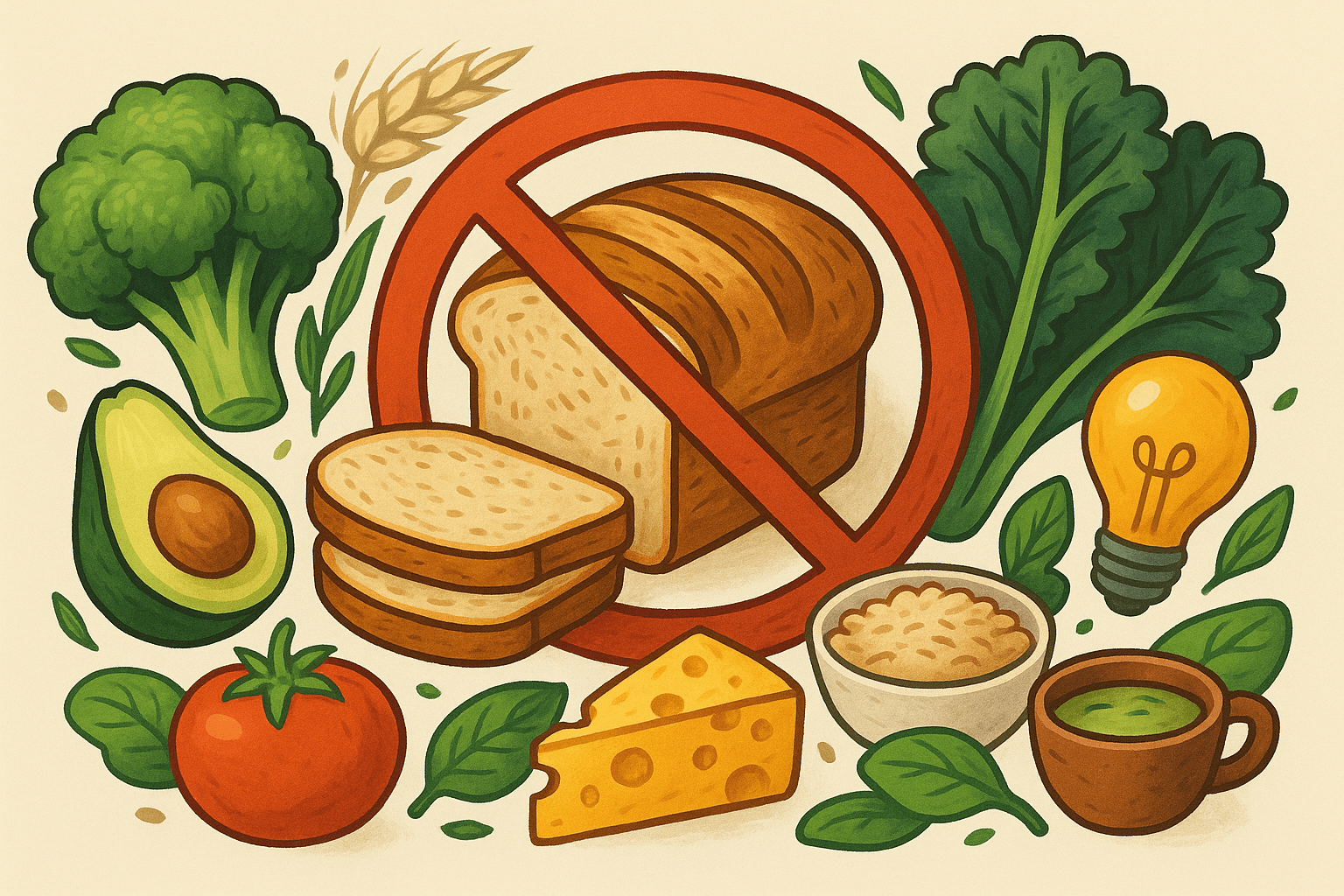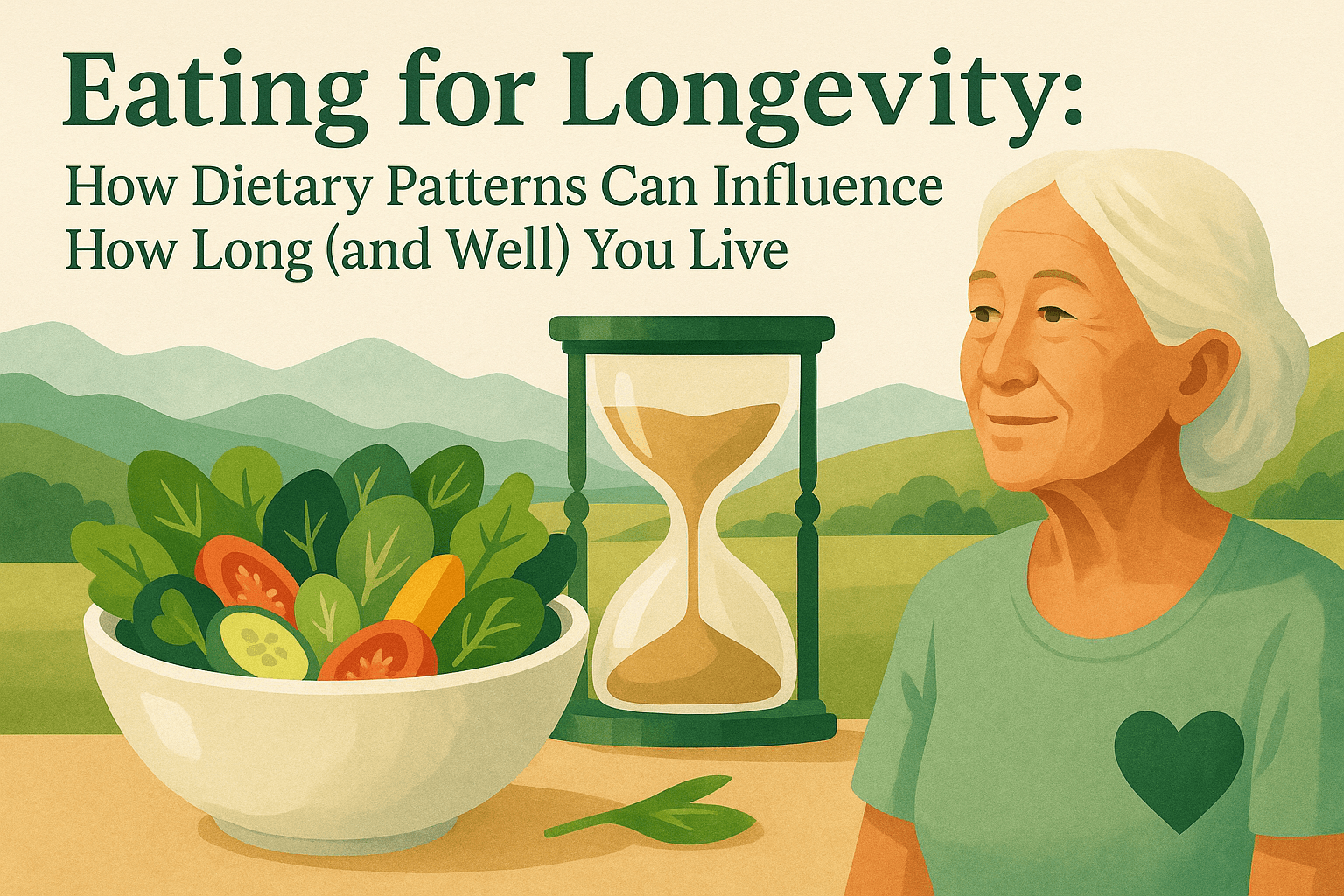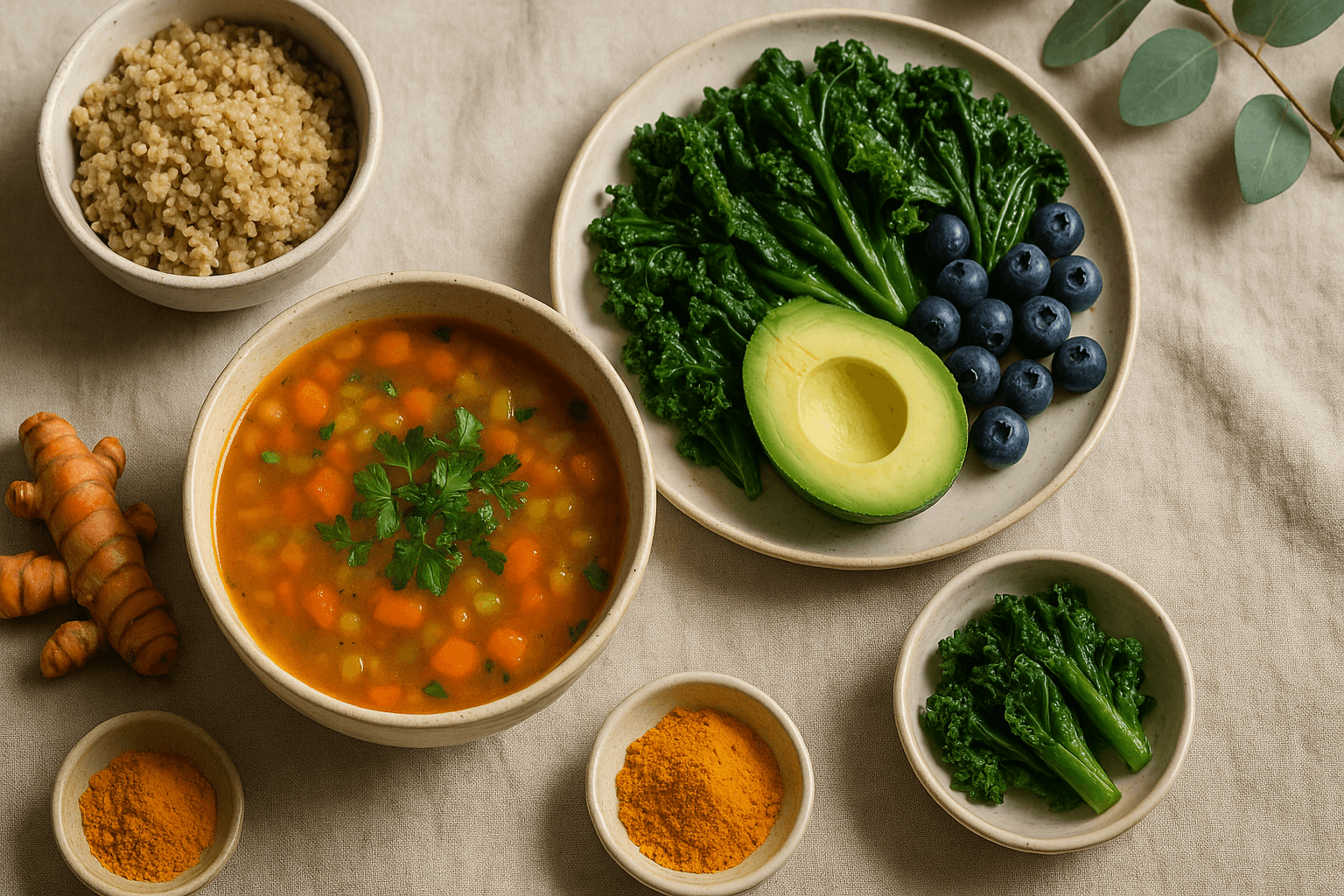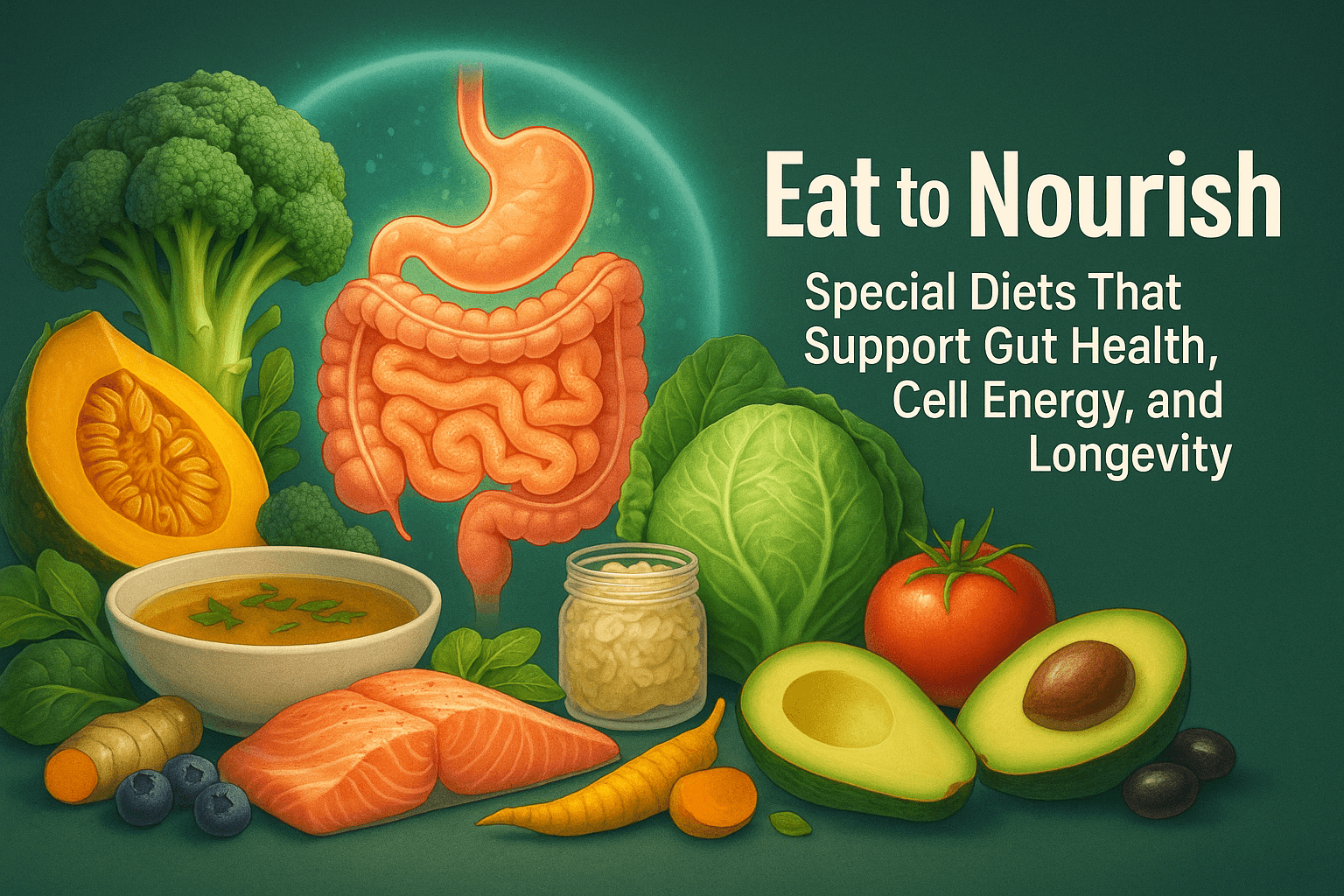The Truth About Going Gluten-Free: Science, Myths & Smart Strategies
Published on May 30, 2025

If you've ever cut gluten out of your diet — or considered it — you know it's a minefield of mixed messages, overpriced crackers, and endless questions. This guide clears the fog. Whether you're managing celiac disease, exploring food sensitivities, or just seeking clarity, here’s what science really says about gluten — and how to eat gluten-free without falling into the trap of ultra-processed substitutes.
What Is Gluten and Where Is It Found? Gluten is a protein found in wheat, barley, and rye. It’s responsible for the chewy texture in bread and elasticity in dough. But it also hides in:
Packaged snacks
Salad dressings
Soy sauce
Supplements and cosmetics
People who may need to avoid gluten:
Celiac disease (autoimmune reaction damaging the small intestine)
Non-celiac gluten sensitivity (GI and systemic symptoms without autoimmunity)
Wheat allergy (immune system response to wheat proteins)
Only about 1% of people have celiac disease, and 5–6% may have NCGS. So why is everyone going gluten-free?
Why Gluten-Free Took Off It’s not always about gluten. People often feel better after cutting it out because they reduce:
Refined carbohydrates
Fructans (a FODMAP many people react to)
Ultra-processed snacks like crackers and donuts
Sometimes, it’s a reset — people eat more vegetables, legumes, and real food. But the industry is booming: a $7B market and a flood of wellness influencers keep it going.
The Risks of Going Gluten-Free (If You Don’t Need To) Done poorly, a gluten-free diet can backfire:
Nutrient deficiencies: B vitamins, fiber, iron, magnesium
Ultra-processed swaps: gluten-free white bread isn’t an upgrade
Expensive: Products cost 2–3x more
Digestive issues: Low-fiber diets cause constipation
Sustainability: Heavy reliance on rice flour isn’t eco-friendly
Social limitations: Travel, dining out, and shared meals become tricky
When Going Gluten-Free Makes Sense You should fully avoid gluten if:
You have celiac disease
You have NCGS (diagnosed and tracked with a professional)
You have a wheat allergy
You might consider gluten elimination if:
You have IBS or FODMAP sensitivity
You have autoimmune conditions (Hashimoto’s, rheumatoid arthritis)
You’re doing a structured elimination diet for bloating or fatigue
Track symptoms, sleep, and energy in a food diary — clarity often emerges over time.
How to Go Gluten-Free (The Right Way) Don’t trade gluten for junk. Focus on nutrient-dense whole foods:
Vegetables (all types)
Fruits
Legumes (chickpeas, lentils, beans)
Gluten-free grains (quinoa, buckwheat, millet, teff)
Root vegetables (potatoes, sweet potatoes)
Animal proteins (eggs, poultry, fish)
Nuts and seeds
Healthy fats (olive oil, avocado, flaxseed oil)
Fermented foods (kimchi, sauerkraut, gluten-free miso, kefir, yogurt)
Cook at home when possible to avoid hidden gluten and cross-contamination.
Sample Gluten-Free Meal Plan
Breakfast: Cinnamon quinoa porridge with almond milk, chia seeds, blueberries
Snack: Sliced apple with almond butter and hemp seeds
Lunch: Roasted veggie and lentil salad with tahini dressing
Snack: Spiced baked chickpeas and herbal tea
Dinner: Grilled salmon with mashed sweet potato and steamed broccoli
Dessert: 85% dark chocolate with a handful of almonds
Smart Gluten-Free Swaps
White rice pasta → lentil or chickpea pasta
GF bread → lettuce wraps or collard greens
GF cookies → energy bites with oats, dates, cacao
Store granola → homemade with oats, seeds, coconut
Soy sauce → tamari or coconut aminos
Cereal → steel-cut oats or cooked amaranth
GF baking mix → almond, oat, or coconut flour
Mindful Eating Tips
Eat without distractions
Chew slowly
Listen to your hunger and fullness cues
Final Thoughts Going gluten-free can be empowering or misleading. The goal isn’t to simply eliminate — it’s to elevate. Fill your plate with nutrients, colors, and real food.
Ask yourself: Am I eliminating gluten for the right reasons?
Don’t let trends replace science. Don’t let marketing drive your menu.
If gluten makes you feel worse, cut it — but do it smartly. If it doesn’t, there’s no need to fear it.
Either way: Eat with intention. Avoid the hype. Your energy, gut, and health will thank you.








